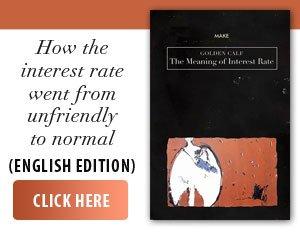Europe is facing a silent ecological crisis with major consequences: pollinator species are in rapid decline, warns the International Union for Conservation of Nature (IUCN). In a report published on the occasion of the IUCN World Congress in Abu Dhabi, the organization announces that almost 100 new wild bee species have been added to the Red List of threatened species. "Growing risks threaten the survival of European wild pollinators,” says the official IUCN press release. Compared to 2014, the number of bee species at risk has almost doubled, reaching at least 172 out of the total of 1,928 assessed.
• Bees and butterflies - the foundation of our ecosystems
Wild bees, bumblebees and cellophane bees, which pollinate a large part of European agricultural crops, are among the most affected. According to the report, more than 20% of the species in these groups are now considered threatened. The examples are telling: the honey bee Simpanurgus phyllopodus is classified as "critically endangered”; 15 species of bumblebees that pollinate food plants such as peas, beans and clover are on the verge of extinction; 14 species of cellophane bees, essential for pollinating maples and willows, are in the same situation.
"Almost 90% of flowering plants in Europe depend on the pollination provided by these species,” recalled Belgian entomologist Denis Michez, coordinator of the study funded by the European Commission. "Unfortunately, wild populations are facing a drastic decline and cannot be easily replaced by artificial colonies.”
Butterflies are also under threat. The IUCN has assessed 442 European species, and 65 of them - almost 15% - are in danger of extinction, up 76% from a decade ago. A case in point is the Madeiran white-winged butterfly (Pieris wollastoni), which has been officially declared extinct. More than 40% of Europe's endemic butterflies are now considered "threatened” or "near threatened”, a testament to the deep imbalances in the continent's ecosystems.
• Why are pollinators disappearing?
According to the IUCN, the main cause is the destruction of natural habitat, especially flower-rich marshes and wetlands - vital spaces for pollinators to breed and feed. Another major threat is the use of pesticides, herbicides and chemical fertilisers. These substances reduce biodiversity and affect the ability of insects to reproduce. The debate is particularly intense in France, where the Duplomb Law - which temporarily reauthorised a pesticide dangerous to bees - has provoked a strong public backlash. A petition against the law has gathered over two million signatures, forcing the authorities to withdraw the controversial provision. "The situation of wild bees, butterflies and other pollinators is serious,” warned Jessika Roswall, European Commissioner for the Environment. "They are the foundation of our food systems and ecosystems. Urgent and collective action is needed.” The IUCN recalls that the Red List of threatened species includes seven levels of risk - from "least concern” to "extinct” - and that current trends show an accelerated decline in European biodiversity. As Europe reassesses its agricultural and environmental policies, the IUCN warning becomes a test of accountability for governments and society.
Without pollinators, food chains and rural economies could collapse. And restoring the natural balance, once lost, could be impossible.








































Reader's Opinion